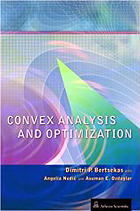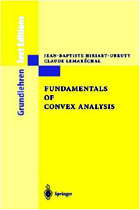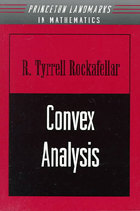 Euclidean Distance Matrices
Euclidean Distance Matrices | Euclidean Distance Matrix |
|
By itself, distance information between many points in Euclidean space is lacking. We might want to know more; such as, relative or absolute position or dimension of some hull. A question naturally arising in some fields (e.g., geodesy, economics, genetics, psychology, biochemistry, engineering) asks what facts can be deduced given only distance information. What can we know about the underlying points that the distance information purports to describe? We also ask what it means when given distance information is incomplete; or suppose the distance information is not reliable, available, or specified only by certain tolerances (affine inequalities). These questions motivate a study of interpoint distance, well represented in any spatial dimension by a simple matrix from linear algebra. In the book, we answer some of these questions via Euclidean distance matrices. Euclidean space is a finite-dimensional real vector space having an inner product defined on it, hence a metric as well. A Euclidean distance matrix, an EDM, is an exhaustive table of distance-square between points taken by pair from a list of N points; the squared metric, the measure of distance-square. |







